Menu
Trees are magnificent entities that play a vital role in our environment. Despite the many benefits, from offering shade beauty to oxygen, many trees develop holes, causing concerns about their health and safety. If you are wondering whether holes in your trees are dangerous, the arborists from Driscoll Tree Service can help. Let's explore the causes and impacts of holes in trees to help you better understand their effects and take the proper action.
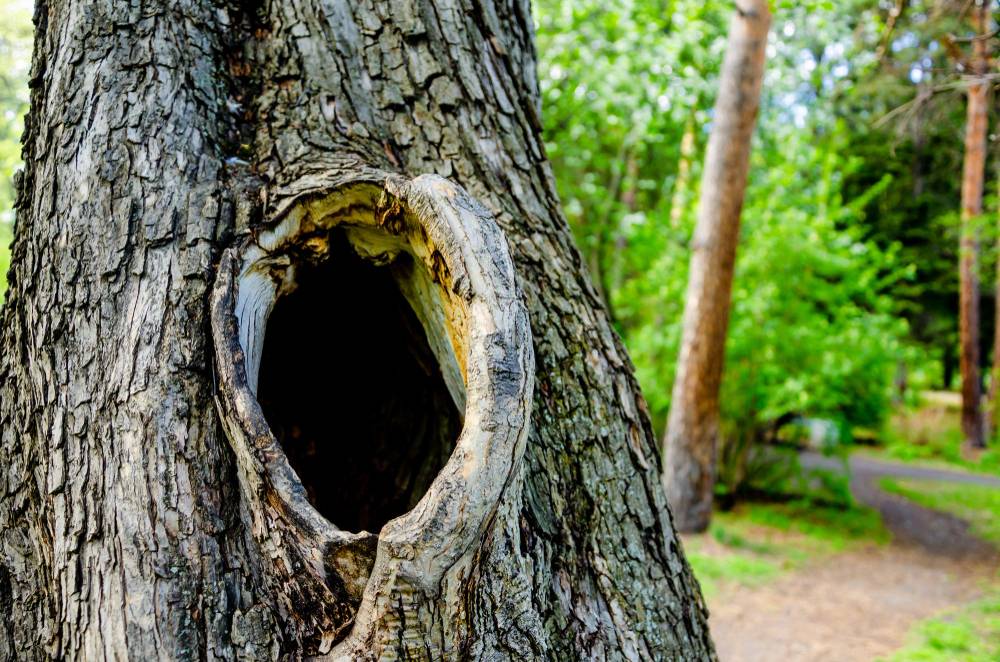
Holes on trees are not an unfamiliar phenomenon, as most don't show deterioration. Still, a comprehensive inspection by a tree service expert can determine the cause, severity, and solution.
Natural decay is one of the most common causes of holes in trees. As trees age, heartwood and other parts decay. This decline creates hollow spaces within the tree. While some trees can live with these hollows for many years, they can become structurally compromised over time. This may lead to safety hazards, property damage, or tree removal emergencies.
Insects like beetles and termites can bore into trees, creating holes. These pests usually target weakened or stressed trees, accelerating the decay process. The holes they make can vary in size but often cause further structural issues if left unattended. If you suspect an infestation, schedule an inspection with professional tree service providers.
Severe weather, including high winds, lightning, and heavy rain, can cause physical damage to trees. Branches may break off, or trunks may crack, leaving holes. These openings expose the tree to further harm from the elements and potential infestations.
Human activities can create holes, such as improper pruning, nailing objects into trees, or mechanical damage from lawn equipment. These injuries often provide entry points for diseases and pests, exacerbating the damage over time. Routine checks by a trusted tree care company can ensure physical damage doesn’t affect tree health and longevity.
Impact of Holes on Trees
Now that you know some of the common causes of holes in trees, understanding their effects can ensure you make informed maintenance decisions.
Structural Weakness
As mentioned, holes in trees can cause significant structural weakness. Depending on their size and location, they can compromise the tree's ability to support its weight, making it more susceptible to breaking during storms or under heavy snow. This structural compromise risks nearby structures and individuals, prompting emergency services like pruning or complete tree removal.
Openings created by holes serve as entry points for diseases. Fungal infections, in particular, can spread rapidly within a tree, causing further decay and weakening. These infections often go unnoticed until significant damage has occurred, making them challenging to manage. That's why routine checks and visits by a tree care company are vital for early prevention and treatment.
Curb appeal is a significant concern for most property owners. With that in mind, holes in trees can detract from their appearance, especially in landscaped areas. If you notice large or many holes in your trees, it affects your landscape's aesthetic appeal and overall beauty.
Holes in trees can have various causes and impacts. While some holes are a natural part of a tree's life cycle, others result from damage or disease and can compromise the tree's health and safety. Understanding the causes and effects is crucial for effective tree management and ensuring the longevity of these vital organisms. Contact us at the Driscoll Tree Service to schedule regular inspections with our arborists. We can help you preserve your trees' beauty and structural integrity.

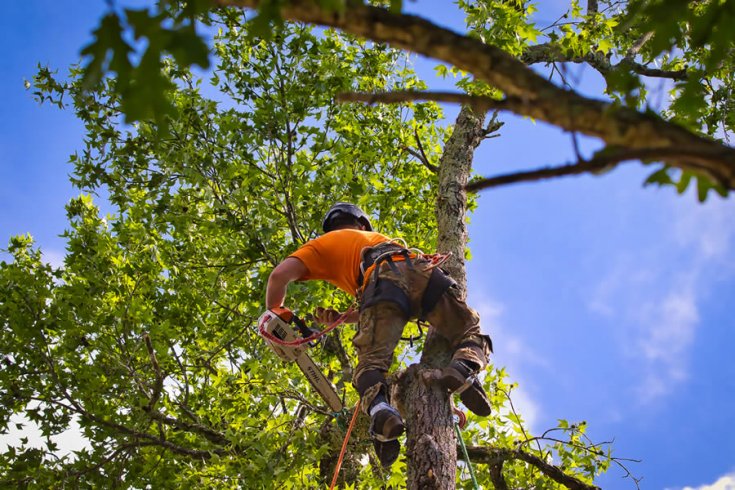
Benefits of Tree Trimming Do you have a tree that needs a lot of attention, but you're unsure what to do? Whether your tree is growing too close to the house, hangs over the driveway, or is growing unevenly, the…
Read More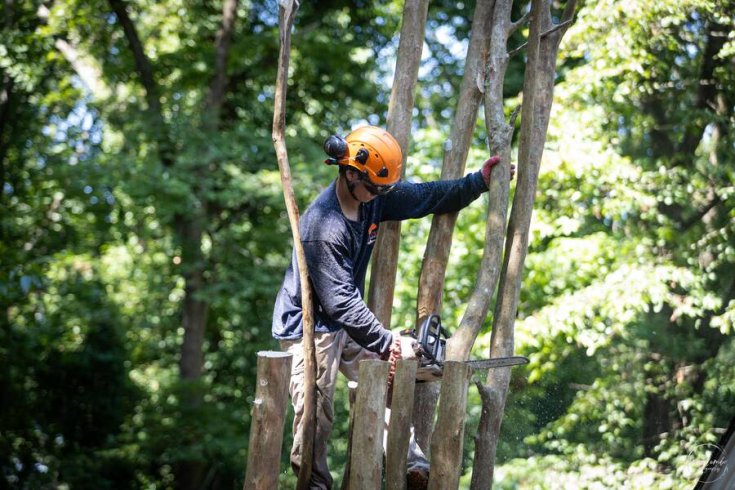
3 Reasons to Have Your Fruit Trees Trimmed This Year Tree trimming might seem like just a haircut for your trees, but it’s much more than aesthetics when it comes to fruit trees. Annual trimming plays a vital role in…
Read More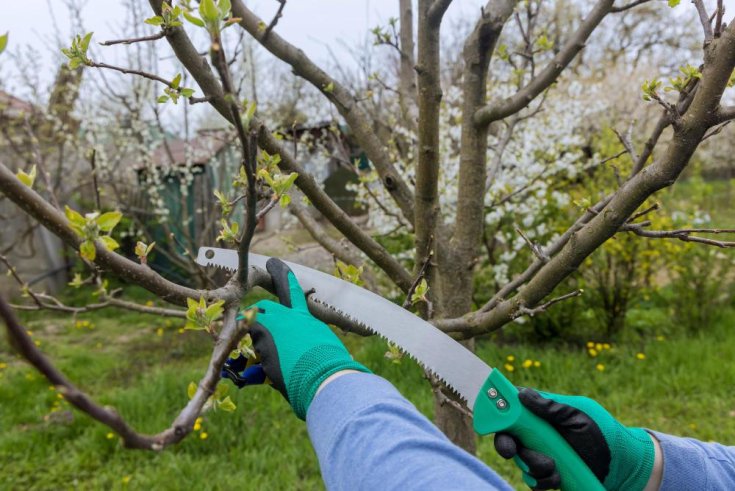
Hazard Limbs in Trees Trees are majestic entities that provide many ecological benefits, adding beauty and vitality to our surroundings. Besides their magnificent presence, there’s an underlying problem: hazardous limbs. These precarious branches pose property and personal safety risks, especially…
Read More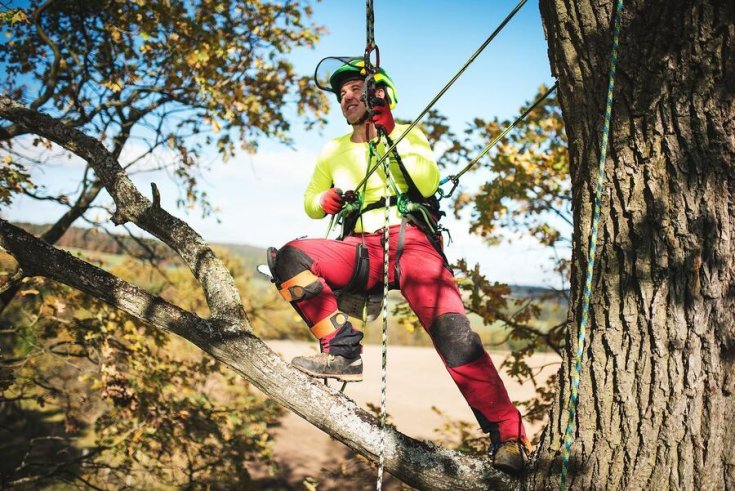
Tips and Techniques for Tree Removal Tree removal is a significant task that requires careful planning and execution to ensure safety and efficiency. Because of disease, hazard, or landscape redesign, proper techniques are crucial for a successful removal process. Driscoll…
Read More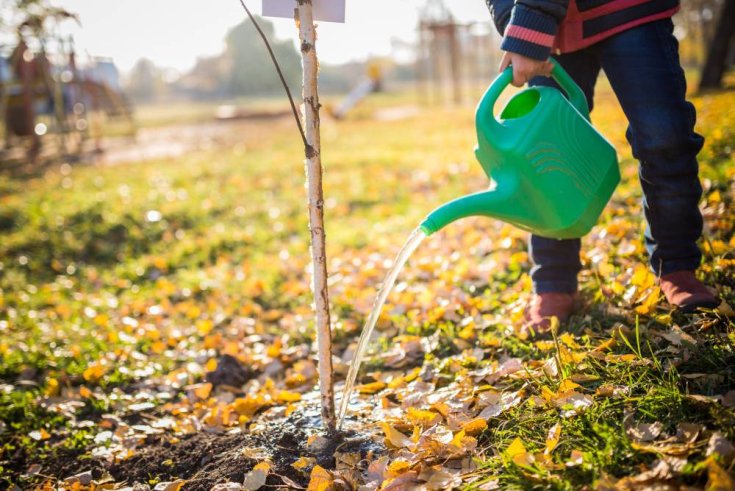
The Best Way to Water Trees Trees are silent giants in our environment that require proper care to thrive. One of the most crucial aspects of their care is watering. Watering trees may seem straightforward, but some specific methods and…
Read More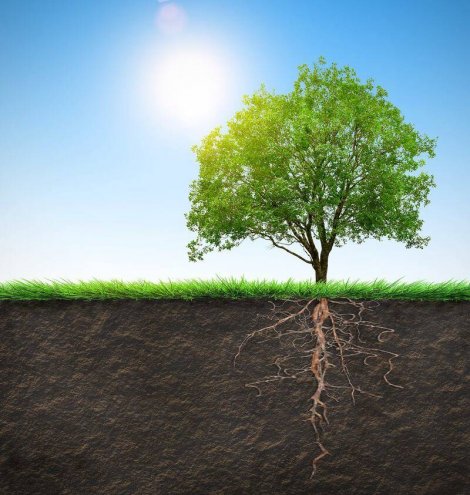
4 Signs of Tree Root Damage Trees are valuable additions to any landscape and offer various environmental benefits. Regular care is critical to maintaining healthy and durable trees, like most living things. If you suspect deterioration in your trees, the best…
Read More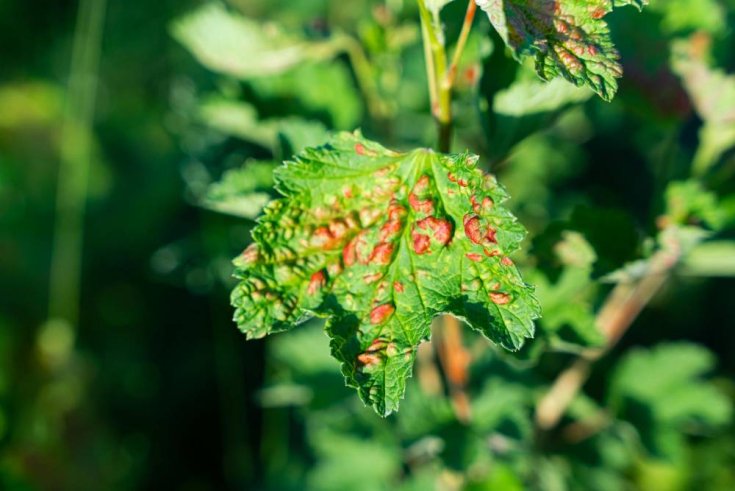
What is Anthracnose? Trees enhance the quality of our environment, offering many benefits that improve the quality of life. However, they are susceptible to diseases, prompting the expertise of certified arborists. A common threat to these magnificent entities is anthracnose,…
Read More
Tree Planting Aftercare A tree can add immense value to your landscape, providing many benefits like shade, curb appeal, and overall environmental well-being. However, planting the tree is just the beginning. Ensuring its growth and longevity requires proper aftercare, and…
Read More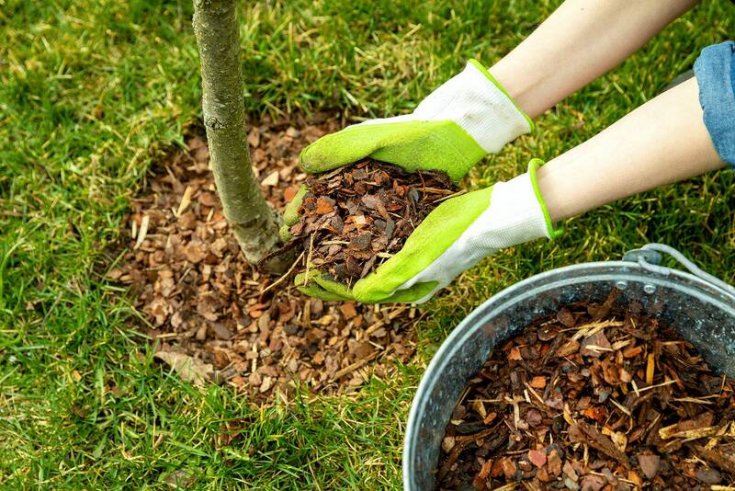
The Importance of Mulching Newly Planted Trees Regarding landscaping and gardening, the intricacies of nurturing nature’s wonders are both an art and a science. One crucial aspect that often goes unnoticed but is paramount is mulching newly planted trees. Mulch,…
Read More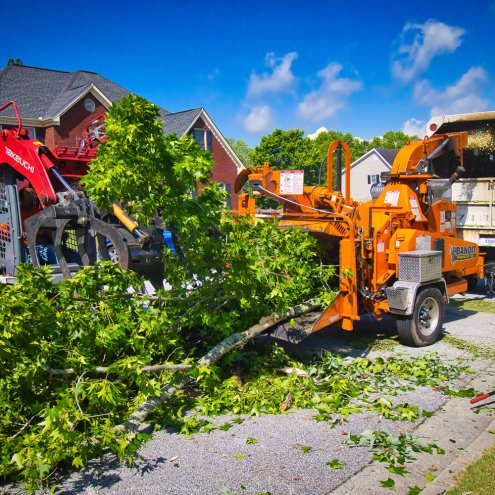
The Dangers of Ignoring Tree Removal Trees are not only nature’s exquisite creations but also valuable assets that enhance the beauty and character of your landscape. Their presence provides shade, improves air quality, and contributes to the overall aesthetics of…
Read More